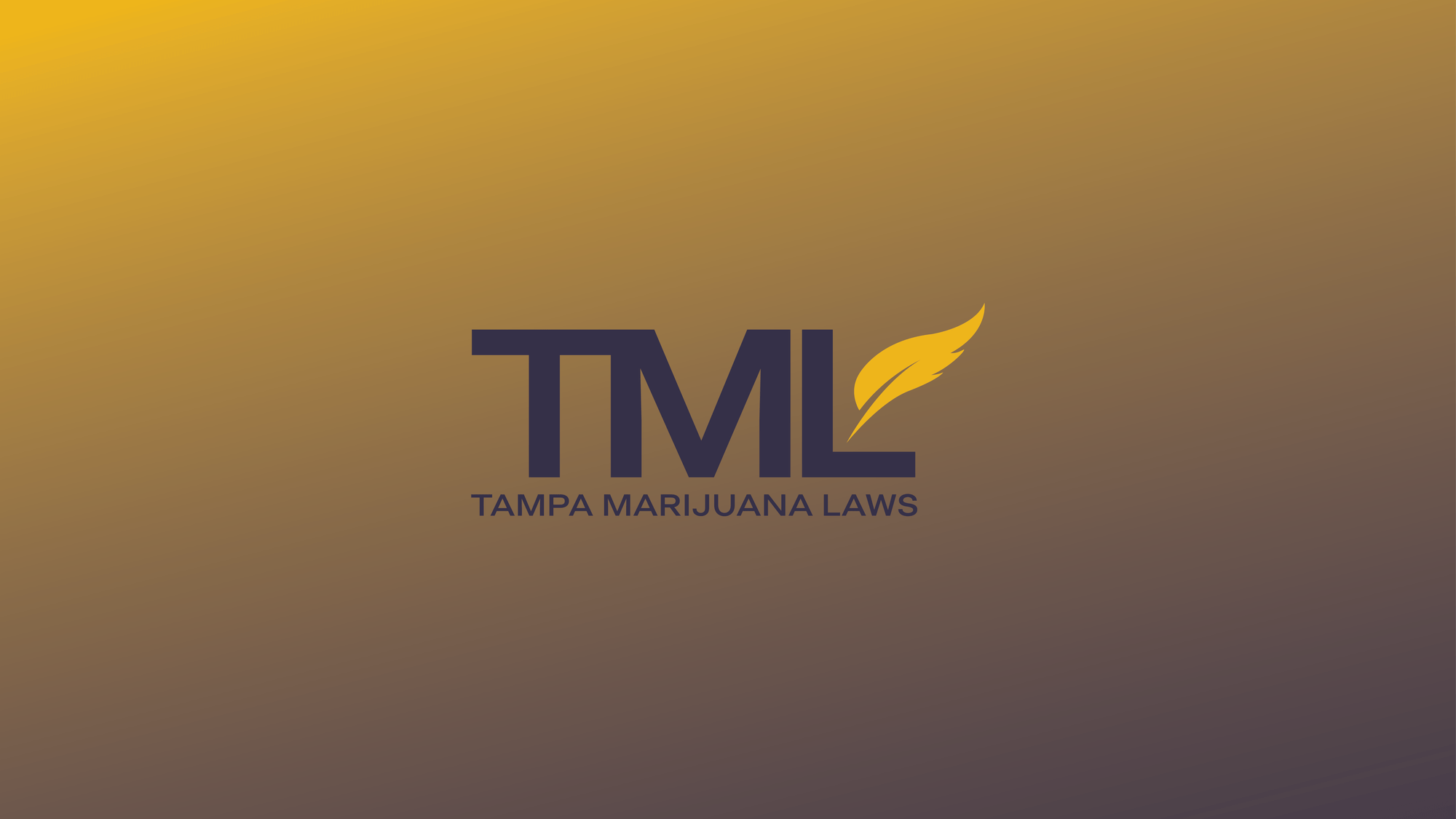The journey to legalization for alcohol and cannabis in the United States reveals striking similarities, reflecting societal shifts, political maneuvering, and economic realities. While alcohol overcame prohibition nearly a century ago, cannabis faces its own hurdles on the path toward federal acceptance. This article delves into the historical trajectories of both substances and considers whether cannabis might eventually be rescheduled and federalized.
Alcohol: From Prohibition to Legalization
Alcohol prohibition officially began on January 17, 1920, following the ratification of the 18th Amendment in 1919 and the passage of the Volstead Act. The goal was to curb alcohol consumption, which was seen as a source of social ills. However, the policy backfired, leading to widespread illegal production, organized crime, and the eventual disenchantment of the public.
As public opposition grew, the Great Depression amplified the need for tax revenue. Repealing prohibition became an economic and political imperative. On December 5, 1933, the 21st Amendment was ratified, repealing the 18th Amendment and making alcohol legal again. States regained the authority to regulate alcohol, creating a patchwork of laws still evident today.
Cannabis: A Long Road to Reform
Cannabis prohibition began in the early 20th century, fueled by xenophobia and misinformation. The Marihuana Tax Act of 1937 effectively outlawed cannabis, and its classification as a Schedule I substance under the Controlled Substances Act of 1970 solidified its illegal status. This classification deemed cannabis to have no accepted medical use and a high potential for abuse.
Despite federal restrictions, societal attitudes began shifting in the late 20th century. California’s Proposition 215 in 1996 marked a pivotal moment, making it the first state to legalize medical cannabis. Over the next two decades, other states followed suit, expanding both medical and recreational access. As of 2025, 38 states have legalized medical cannabis, and 23 states allow recreational use.
Timelines of Legalization: Comparing Alcohol and Cannabis
Alcohol
- 1919: 18th Amendment ratified; Volstead Act passed.
- 1920-1933: Prohibition era marked by illegal production and crime.
- 1933: 21st Amendment ratified; prohibition ends.
Cannabis
- 1937: Marihuana Tax Act enacted.
- 1970: Classified as Schedule I under the Controlled Substances Act.
- 1996: California legalizes medical cannabis.
- 2012: Colorado and Washington legalize recreational cannabis.
- 2025: Ongoing efforts for federal reform and rescheduling.
Possibility of Rescheduling and Federalization of Cannabis
For cannabis to be legalized federally, a critical first step would be rescheduling. Advocates argue that reclassifying cannabis as a Schedule II or III substance would reflect its medical benefits and allow for more comprehensive research. In 2023, the U.S. Department of Health and Human Services recommended reclassifying cannabis to Schedule III. This move, if approved by the Drug Enforcement Administration (DEA), could set the stage for broader reform.
Federal legalization would likely follow a trajectory similar to alcohol. Congress could pass legislation granting states the autonomy to regulate cannabis while implementing federal guidelines for interstate commerce, taxation, and public safety. The bipartisan SAFE Banking Act, which aims to provide cannabis businesses with access to banking services, represents one step toward normalization.
Parallels in Societal Impact and Economic Potential
Both alcohol and cannabis legalization were driven by changing societal attitudes and economic pressures. Just as the Great Depression highlighted the economic benefits of alcohol taxation, cannabis’s growing acceptance stems partly from its revenue-generating potential. In 2023 alone, the legal cannabis market generated $32 billion in sales, with projections exceeding $50 billion by 2028.
Public health concerns have also played a role in legalization debates. While the temperance movement emphasized alcohol’s dangers, modern cannabis discussions focus on responsible use, potential health benefits, and concerns about youth access and impaired driving. Both substances highlight the need for balanced regulation to mitigate risks while maximizing benefits.
Looking Ahead
Cannabis appears poised to follow a path akin to alcohol’s. While prohibition ended abruptly for alcohol, cannabis reform has been incremental, reflecting the complexities of modern policymaking. The rescheduling of cannabis would mark a significant milestone, paving the way for federal legalization and creating a unified regulatory framework.
As public support for cannabis legalization reaches record highs—with over 68% of Americans in favor, according to a 2024 Gallup poll—the parallels between alcohol and cannabis’s journeys become even clearer. Both stories reflect the power of societal change, economic necessity, and the ongoing quest for a balanced approach to regulation.

